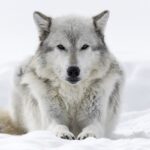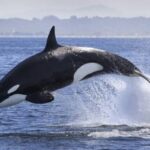We explain everything about animals, their characteristics and how they are classified according to their body, their relationship with humans and their diet.

What are animals?
Animals or metazoans are the living beings that make up the animal kingdom (Animals), one of the four kingdoms of eukaryotic living beings (that is, organisms that have cells with a nucleus), and which are distinguished from plants, fungi and microorganisms. In general, animals are living beings equipped with their own and autonomous movement, a metabolism based on breathing and a nervous system that allows them to interact with their environment.
As a whole, animals are extremely diverse and are adapted to all habitats on the planet, establishing different types of relationships among themselves and with other living beings. The human being also belongs to the animal kingdom but since it is the only known living being endowed with self-consciousness and articulate language, it is generally given a separate philosophical category within the group of animals. Seen this way, a human being would be an animal endowed with language.
The animals appeared on the face of the Earth approximately 542 million years ago during the so-called “Cambrian explosion” or evolutionary radiation of the Cambrian.
It is unknown exactly what the reasons were for such a massive and abundant diversification of life to occur at that time. However, it is known that of the nearly 20 phyla (phylum) or groups of animal species known until now, at least 11 had their origin in that specific time, that is, the first and oldest multicellular animal species emerged there, whose descendants can still be found on the planet.
The word “animal” comes from Latin animalistranslatable as “being endowed with breath” (that is, with encourage), that is, “creature that breathes.” The science that studies animals is called zoology, and it is a specific branch of biology, which allows animals to be classified according to different categories, taking into account traits such as their behavior, anatomy or even their relationship with humans.
See also: Animal kingdom
General characteristics of animals

The main general features of animals are:
- are eukaryotic living beings that is, they have cells equipped with a well-defined cell nucleus, in which the gathered genetic information is found; and also multicellular, that is, whose bodies are made up of more than one cell.
- Unlike plants and fungi, animal cells do not have a cell wall (but a more flexible plasma membrane), no vacuoles, no plasmodesmata.
- Its nutrition is heterotrophic That is, they obtain their nutrients from the organic matter of other living beings, unlike plants (autotrophs). For this reason, animal cells do not have chloroplasts (organelles for photosynthesis) either, but rather lysosomes.
- Its metabolism is aerobic that is, it requires a continuous supply of oxygen (since it obtains its energy from the oxidation of organic molecules). The process of capturing oxygen from the environment (whether air or water) is known as respiration and therefore all animals breathe.
- In the vast majority of cases, they are equipped with their own and autonomous mobility that is, they can change their environment at will, thanks to the presence of motor organs such as cilia, legs, fins, wings, among others.
- are sexual species that is, predominantly sexual reproduction. This type of reproduction requires a male and a female to produce a new individual, through the union of their well-differentiated sexual cells or gametes. There are, however, some animal species capable of asexual reproduction under certain circumstances.
- Their bodies are made of collagen a structural protein found in all the fibers of your tissues. The latter, in addition, usually have a very high level of differentiation and specialization.
- Their bodies have bilateral symmetry: can be divided with a transverse line into two identical and corresponding halves. The exception to this rule is a few primitive phyla such as the poriferans and echinoderms.
Vertebrate animals and invertebrate animals
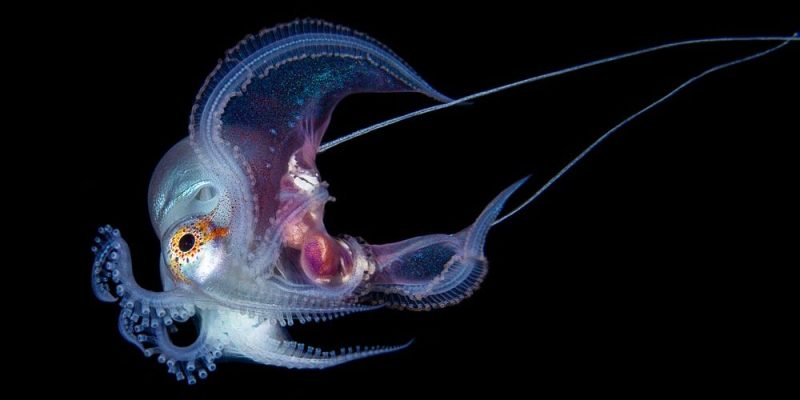
The animal kingdom can be differentiated into two large groups, based on the presence in their bodies of an internal skeleton equipped with a skull and a vertebral column. Thus, we can talk about:
- Vertebrate animals. Those that have an internal skeleton equipped with a vertebral column and a skull, all made of bone tissue (bone) and designed to protect the nervous system: the spinal cord and the brain. Their bodies are also easily divided into three segments: head, trunk and limbs.
Examples of vertebrate animals are mammals, fish, reptiles, birds and amphibians. Vertebrate species include humans, dogs, horses, crocodiles, mice, bats, platypuses, birds, and frogs, among many others.
- invertebrate animals. Those that have an external skeleton (exoskeleton) like armor made of chitin. Therefore, they have neither vertebrae nor skull, and are mostly oviparous animals (born from eggs). In evolutionary terms, they are more primitive than vertebrates.
Examples of vertebrate animals are insects and arthropods, mollusks, sponges, cnidarians, annelids and echinoderms. Among the invertebrate species are sea urchins, octopuses, bees, scorpions and spiders, earthworms, starfish, among many others.
Wild animals and domestic animals
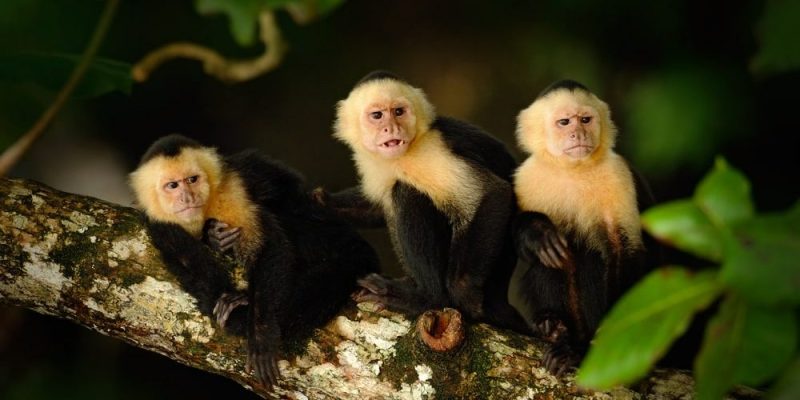
Depending on their relationship with humans and society, animals can be classified into two groups, depending on whether or not they are domesticated, that is, whether they have adapted to peaceful coexistence with humans, or not. Thus, we can distinguish between:
- wild animals. Those who do not know the presence of human beings or who are not at all accustomed to it, and who therefore react to it with aggression or other instinctive behaviors. The animals that live in nature are all wild.
Examples of wild animals are: wolves, lions, blue whales, condors, rhinos, hippos, penguins, polar bears, most snakes, and all those animals that exist within human society only. in zoos.
- domestic animals. Those who have adapted over time (and the direct intervention of our species) to interact with human beings and even depend on them, occupying a stable place within civilization. Companion animals, farm animals, and trained animals are all domestic.
Examples of domestic animals are: cow, dog, cat, chicken, sheep, goat, horse, pigeons, hamsters, some species of fish and turtles, among others.
Carnivorous animals, herbivorous animals and omnivorous animals
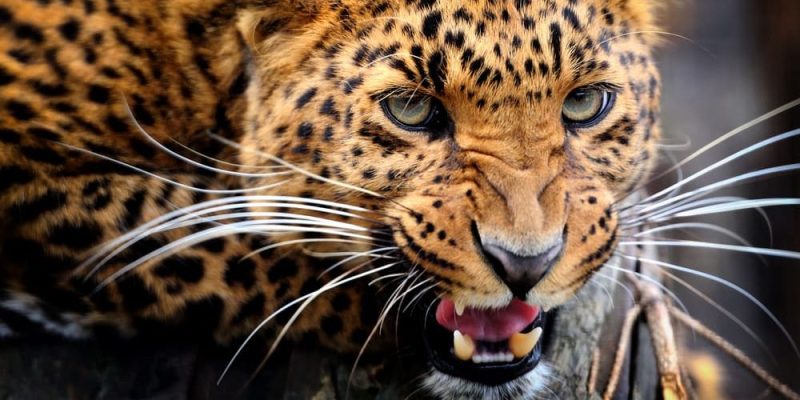
Animals are heterotrophic beings, which must consume the organic matter of other living beings in order to survive, that is, feed on other living beings and organic matter. But not everyone does it in the same way, and depending on their dietary preferences, it is possible to classify them into three categories:
- carnivorous animals. Those whose diet consists strictly or almost strictly of meat, that is, the body of other animals. This means that the vast majority are predators (which attack and devour other animals) or scavengers (they feed on their corpses once the predators have finished eating). Carnivorous animals usually have sharp teeth to tear flesh and limbs equipped with sharp claws to help them when hunting.
Examples of carnivorous animals are: the lion, the wolf, the tiger, the shark, the snake, the eagle, among others.
- herbivorous animals. Those whose diet consists strictly or almost strictly of plant and fungal substances, that is, of body parts of plants and fungi or materials produced by them. Herbivores typically have flat teeth with strong molars to grind plant matter, as well as diverse stomachs to digest them more efficiently.
Examples of herbivorous animals are: cow, horse, sheep, giraffe, ox, rhinoceros, butterflies, among others.
- Omnivorous animals. Those whose diet is diverse, adaptable to availability or occasion, and therefore combine foods of plant origin with foods of animal origin. They are animals with a changing or multiple diet, which can play different feeding roles at the same time, being herbivores and carnivores at the same time. Omnivores usually have mixed teeth, combining sharp teeth for tearing and blunt molars for crushing.
Examples of omnivorous animals are: humans, monkeys, rats, pigs, bears, foxes, turtles, crows, among others.
Continue with: Biotic factors
References
- “Animalia” on Wikipedia.
- “Animal” in the Language Dictionary of the Royal Spanish Academy.
- “Zoology Notes” at the Complutense University of Madrid (Spain).
- “Animal Kingdom” at BYJU’S Classes.
- “Animal (organism)” in The Encyclopaedia Britannica.


